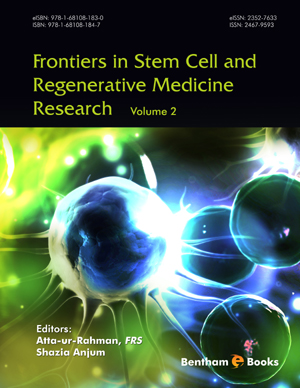Abstract
Tooth loss due to periodontitis, traumatic injury, or deep caries can cause facial aesthetic problems and difficulties with mastication. The ultimate goal of dental prosthetic treatment is to generate fully functioning organs to replace dental tissue that has been lost or damaged due to disease, injury or aging. Tissue engineering is a rapidly expanding field of applied biology and biomedical sciences, which aims to replace defective tissues with newly-generated tissue by combining cells, scaffolds, and biologically active molecules. Stem cells hold great promise for tissue engineering owing to their multipotency and self-renewal ability. In this article, we will present the current progress in stem cell-based dental tissue regeneration and elaborate on the potential of dental stem cells for clinical application.
Keywords: Alveolar bone, apical papilla, biological signals, bone marrowderived mesenchymal stem cells, cementum, clinical application, dental follicle, dental stem cells, dentin, exfoliated deciduous teeth, gingiva, multipotency, neural crest, periodontal ligament, pulp, regeneration, repair, scaffolds, self-renewal, tooth.


















